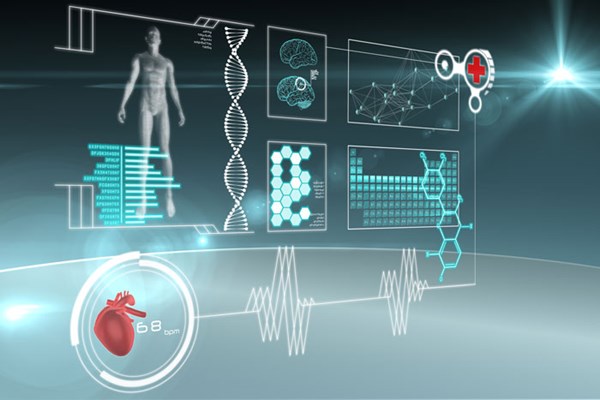The Sustainable ED Looks to Other Industries for Tech
With the current rise in patient census and physician burnout, is today's model of emergency medicine sustainable? Some innovative emergency departments (EDs) are borrowing technology that other industries have enjoyed for years in order to maximize productivity and satisfaction for both physicians and patients.
- Appointments: What if patients felt the ED were waiting for them?
In the name of patient satisfaction, some emergency departments have been offering appointments for lower acuity patients via their websites, using software such as InQuickER. The idea is to help patients know what to expect and to allow them to wait at home – but it can also help ED staff predict flow and perhaps even improve staffing models. Patients must check a box stating they do not have a life-threatening emergency in order to make an appointment.Though both community and academic centers have started adding appointments in some EDs, it hasn't worked out in all places. Some EDs have given up on appointments when walk-in patients complained that the appointment patients didn't wait as long (in reality they have the same wait time, but those patients' wait times began at home). Others question whether EMTALA is violated, since two patients with the same condition may be seen as having a different medical screening exam experience.
- Patient generated documentation: What if patients reduced our note-writing burden while waiting?
Electronic medical record (EMR) documentation, checkboxes, and billing documentation requirements all take their toll on emergency physicians. The workarounds to chart burden include macros, dot phrases, and copy forward, but is there a better potential to have more useful notes? While a number of emergency departments are part of health systems that participate in the OpenNotes initiative — allowing patients immediate access to clinical documentation online — some EDs may be taking it a step further. Like opening a trouble ticket with a computer IT department, using tablet PCs and iPads in the waiting room, patients can start their own intake. Following touch screen prompts, patients answer structured questions about their chief complaint, review of systems, and past medical history. From this, an initial patient-generated history of present illness (HPI) can be generated before the provider picks up the patient, further assisting triage and documentation. The idea is that more mental bandwidth may be spent on medical decision-making (MDM) documentation.
- Machine learning in the ED: What if the EMR could predict ischemic heart disease better than an expert?
Each patient walks into the ED with a story, and sometimes the nuance of that story is buried deep in the chart. Emergency physicians may have time to browse the chart, look at outside records, and eyeball old EKGs. But on a busy night shift, a technological helping hand could help synthesize data and save a life. With the help of machine learning, data from thousands of patients can be analyzed and insights can be obtained to hone clinical decision making. The clinical applications are still in very early stages, but machine learning has the promise to make risk stratification better. We currently use crude measures such as HEART scores, but what if there were subtle changes in vital signs, labs, or EKGs that could only be picked up by a machine learning algorithm and helping uncover ischemic disease in chest pain patients? Machine learning may also make medicine more personalized, coloring decisions with omics and personal sensor data.
- Real-time bedside chart updates: What if patients knew which labs were back before their physician?
Many patients have access to a personal health record like Epic MyChart, but some institutions are experimenting with real-time dashboards for patients to view the trajectory of their stay. Epic's tool is MyChart Bedside. Patients are able to see who's caring for them, check the status of labs and imaging, and sometimes even request a pillow with the click of a button. In some places, patients can initiate simple chat messages that will pop up on the physician's screen. The physician can then give updates to patients more efficiently and avoid “Can you get my doctor?” burdens on nurses.
The key to tech trends that will make the biggest impact in the ED are ones that not only improve patient care and outcomes, but also make the job of the emergency physician more rewarding. By implementing technology that allows physicians to practice at the top of their license, patients will feel more engaged and in control of their personalized ED experience.



